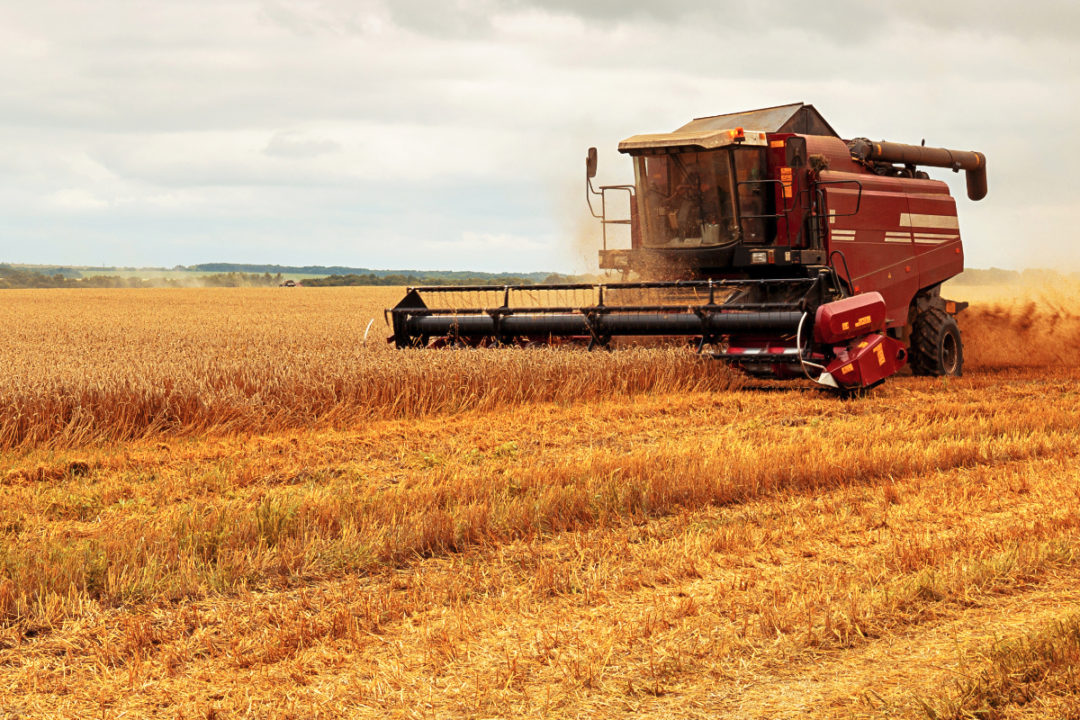



Article by: Hari Yellina
The 2.1 billion litres of unsold Australian wine in storage is causing problems for Victoria’s grape harvest this year, forcing growers to leave grapes on vines due to a storage scarcity. Due to China’s punishing tariffs on packaged Australian wine, the country’s wine exports fell by $860 million, or 30%, last year. China’s anti-dumping charge of up to 218 percent for containers of two litres or less went into effect in March and is expected to endure for five years. It’s been a setback for the business, with Australia’s wine exports dropping 17 percent to 619 million litres in 2021, the lowest level in nearly two decades.
According to Australian Grape & Wine chief executive Tony Battaglene, exports to China have dropped from $1.2 billion to barely $20 million, putting it 14th on the list of Australian export destinations, below Taiwan and slightly ahead of Thailand. “Bulk wine exports to China are still technically viable, but we are facing order delays at the moment, so the market is practically closed to us,” Mr Battaglene said. “This has been reflected in grape prices within Australia, with substantially lower prices this vintage.” Wine shipments to Singapore more than doubled to $166 million, thanks to a 45 percent increase in sales to Hong Kong, which is not subject to China’s taxes.
The reduction in sales coincided with a bumper 2021 harvest, resulting in a storage shortage of available tank capacity this vintage and a drop in the price of red wine rape types. “Many places’ tanks are nearly full, and growers who don’t have a contract and rely on the spot market will likely be unable to sell their grapes,” Mr Battaglene added. This year, there will be grapes left on the vine – the amount is difficult to estimate, but it will be significant. “We’re approaching an oversupply problem, with far too much wine in the tank to collect all those grapes.
Despite the fact that this season’s yield was expected to be 15% lower than last year’s record harvest, he said lower grape prices reflected the weaker demand. “The pain will be broad, not just in Murray Valley, Riverina, and Riverland core areas, but also in usually higher value wine regions,” he said. Meanwhile, many Victorian wineries have increased their focus on the home market while searching for fresh export potential elsewhere. Adrian and India Munari of Munari Wines in Heathcote, a father-daughter winemaking duo, lost 30% of their export business when the China tariffs were implemented. “All farmers who were exporting their goods are now in the same situation, which is why there is so much excess wine circulating right now,” says one producer. Mr. Munari is an Italian businessman.
“We needed to establish a backup market as soon as the issue between the two countries erupted. “It’s a critical situation; we’ve always had a good relationship with our Chinese distributors, but since the tariff was imposed, we’ve lost touch. “It doesn’t appear that we’ll be coming out the other side any time soon.” On a drive to re-establish a client base in the United States, the Munaris will attend the USA Trade Tasting wine expo in Chicago later this year. “Our domestic market has improved as a result of our focus on growing our own database, with more functions and events to encourage people to visit our cellar door,” he explained. “We made it out well, but some firms have been far more severely impacted.”
As many Victorian grape growers start their second year of being effectively shut out of Chinese distribution, a cloud of uncertainty continues to loom over this harvest. Due to a 40% drop in winegrape prices, some growers in the Murray Valley have decided not to harvest this year. Australia is taking China’s tariffs to the World Trade Organization, but Mr Battaglene said the process would take a long time because China had already blocked the first attempt. “It will take time to make up for the trade deficit with mainland China,” he said. This is not going to happen in a year or even in a month. However, the Australian wine industry is resilient and early evidence suggests that hard work in diversifying and expanding markets is paying off.